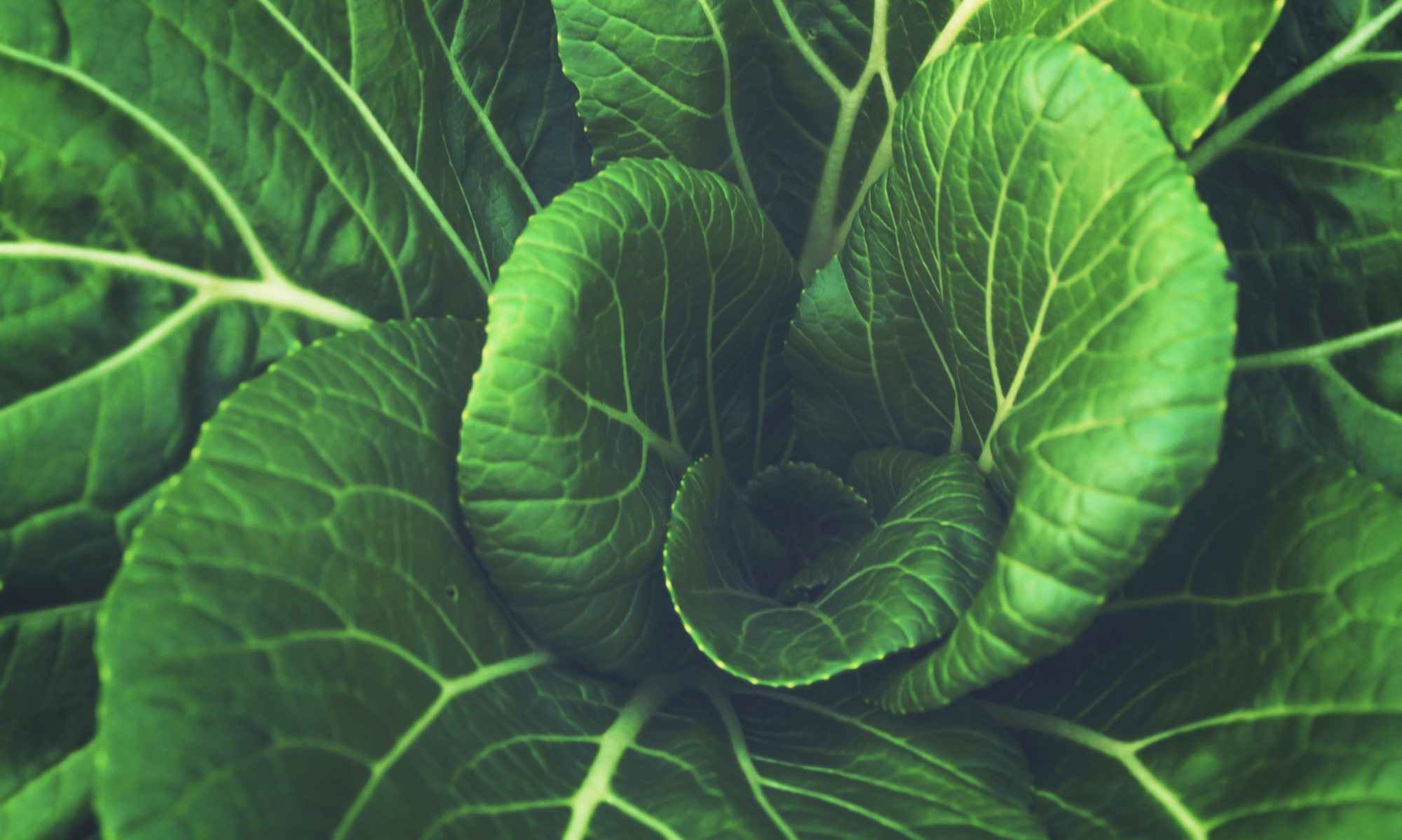What is the Concentration Gradient?
We have discussed equilibrium in organisms through the topic of homeostasis. However, as per usual, the evolution of complex life derives its properties from fundamental laws of the universe. In this post, we will be discussing the force that is responsible for everything from nerve impulses to energy production: the concentration gradient.
The concentration gradient stems from the basic law of expansion that drives the universe. Instead of looking at expansion from a macroscopic view, we can see how it affects the chemical properties of molecules. These properties, in turn, are harnessed by living organisms to their advantage. This property enables almost every process in your body to occur. For example, let’s look at breathing.
The Physics of Breathing and Respiration
What is happening when you inhale? Your lungs are expanding, increasing the amount of space inside them. Because of this increase in volume, the surrounding air, constantly seeking to expand, moves to fill the new area. Once the air is inside the lungs, it interacts with the small blood vessels known as capillaries.
These capillaries are filled with carbon dioxide rich and oxygen poor blood. Once again both gases, seeking to expand, fill the space where there is less of its kind: the oxygen enters the blood as carbon dioxide leaves in an attempt to level off the concentration gradient and reach equilibrium. Essentially, equilibrium is the point where the law of expansion is exerting its maximum force on a system.
Circulation
Next, the blood is pumped by the heart to the rest of the body. So how does the heart pump blood? By contracting its chambers, the volume of the heart decreases. In order to make use of the space in the vessels, blood squeezes into the arteries with each beat. Upon reaching its destination, the oxygen and carbon dioxide swap near the cells as the try to bridge the concentration gradient and the blood travels back to the heart and lungs, restarting the cycle.
As you can see, the importance of this phenomenon cannot be overstated. So what is the concentration gradient? We know that every molecule in the universe wants to spread out as much as possible. This means gases will spread out to take up as much space as is given and things dissolved in water will be evenly distributed. In addition, large molecules have trouble following these rules because of barriers to expansion or due to counter-forces like gravity.


